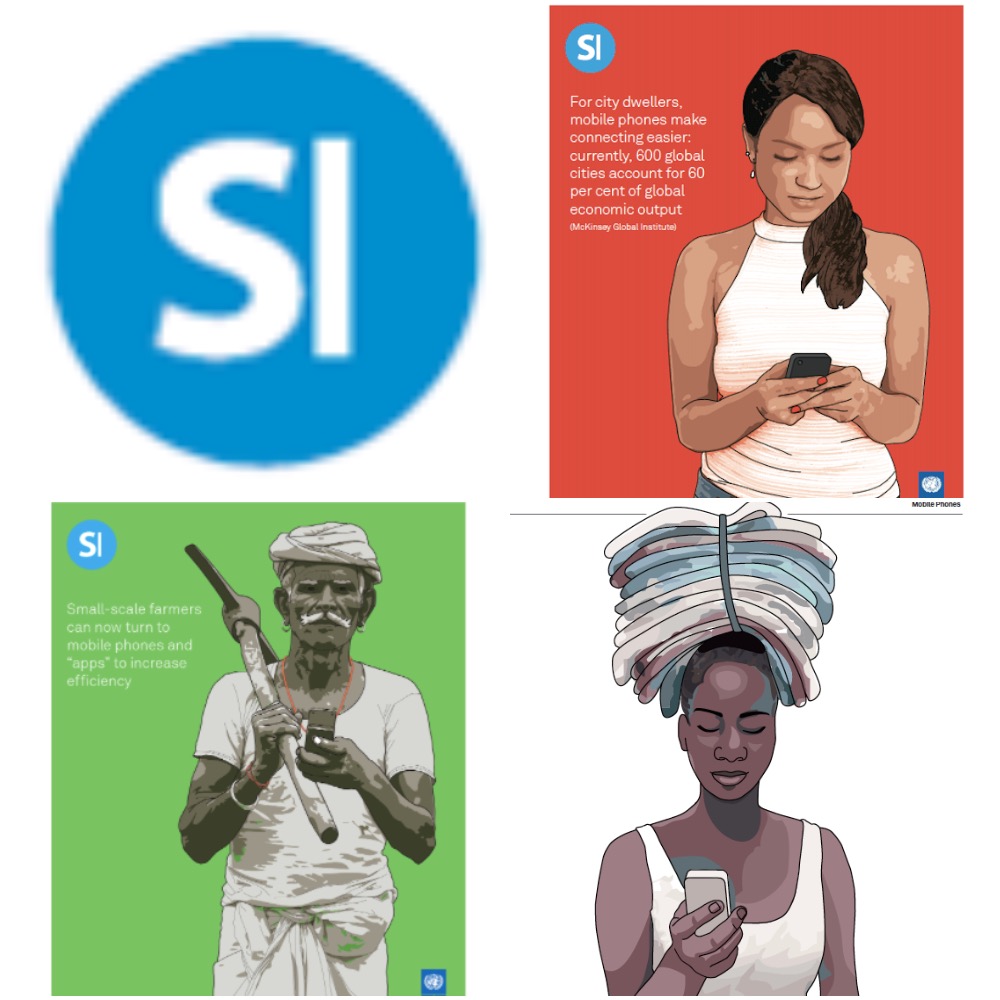Cashing in on Old Wisdom
 Tuesday, June 16, 2015 at 11:58AM
Tuesday, June 16, 2015 at 11:58AM

India’s traditional weavers, heirs to a 2,000-year-old textile industry, are turning to the ancient practice of ayurvedic medicine to make their products more appealing and boost sales. Drawing on recipes once used by weavers to the Indian royal courts, clothes are woven and infused with ayurvedic, herb-and-spice medicinal recipes to address various health problems. Strange as it may sound, the health-giving properties of the clothes have been backed up by clinical trials at the Government Ayurveda College in Thiruvanathapuram, southern India.
The college claims the trials were successful for 40 patients with rheumatism, allergies, hypertension, diabetes, psoriasis and other skin ailments. It is believed the healing properties of the herb-and-spice-infused clothes enter the skin and contribute to healing.
Modern India’s founding father, Mahatma Gandhi, championed hand-spun cloth and weaving. But India’s weavers have been hit hard by the rise in the rupee against the dollar and an inability to compete internationally. They are facing stiff competition from a flood of machine-made cheap clothing. According to Siddique Hassan of the Weaver and Artisans Rights Front (WARF), 1 million of India’s 5 million weavers have lost their jobs because of competition (Deutsche Presse-Agentur).
But rising interest in sustainability and natural healing is creating a growing global market for organic clothes – sales are set to triple to US $2.6 billion in 2008 (Organic Exchange).
Against this backdrop, local governments have turned to traditional ayurvedic medicine to help save the livelihoods of handloom weavers and develop a market niche for their eco-friendly fabrics.
In the technique called Ayurvastra, the clothes are dyed with herbal essences, infusing the cotton with the medicine. More than 200 herbs are used, mostly taken from roots, flowers, leaves, seeds and bark. Most of the clothes are made with cotton and silk, and some with wool and jute. A dress is marketed to people who suffer from hypertension. There are bedcovers, pillow covers, nightgowns, and even suits. It is believed the healing effect is best when the patient is sleeping.
The clothes are made in Balaramapuram, home to traditional weaving in Kerala, southern India, and sell for between 1,000 and 1,800 rupees (US $25 to US $45). Ayurvastra clothing is currently being exported to the Middle East, the US, Italy, Germany, Britain, Singapore, Malaysia and Jordan.
Acknowledging traditional medicine as a useful development tool goes back to the World Health Organisation’s Alma-Ata Declaration in 1978, which urged governments for the first time to include traditional medicine in their primary health systems and recognise traditional medicine practitioners as health workers. During the last 30 years there has been a considerable expansion in the use of traditional medicine across the world. Despite their ancient origins, it is still critical these medicines do meet efficacy and health standards and are proven to work.
Ayurvastra is a branch of the 5,000-years-old Indian ayurveda health system. Ayur means health in Sanskrit, veda means wisdom, and vastra is cloth or clothing. There are no synthetic chemicals and toxic irritants and the technique uses organic cotton that has been hand loomed.
“The entire process is organic,” said K. Rajan, chief technician at the Handloom Weavers Development Society in India, to Zee News. “The cloth is bleached with cow’s urine, which has high medicinal value. The dyeing gum too is herbal. It does not pollute like synthetic dye. And the waste is used as bio manure and to generate bio gas.”
Chaitanya Arora of Penchant Traders, an Indian company promoting and exporting ayurvastra cloth and clothing, tells how it works: “usage of the cloth is based on the principle of touch. By coming in contact with ayurvastra, the body loses toxins and its metabolism is enhanced.”
One clothes buyer, T D Kriplani, told Zee News, “Basically, I have read about the concept in newspapers… I was inquisitive and have also heard that it is in direct touch with body pores. I have come here after reading about it and hope it will benefit people.” It is even claimed the clothes can keep people cool.
Another seller of ayurvastra, Hitesh, is enthusiastic about its impact: “The medicinal clothes that we have launched is a new revolution in the textile industry. In there, we dye the clothes with ayurvedic dyes and the clothes have medicinal qualities, which hopefully are good for diseases.”
By David South, Development Challenges, South-South Solutions
Published: February 2008
Development Challenges, South-South Solutions was launched as an e-newsletter in 2006 by UNDP's South-South Cooperation Unit (now the United Nations Office for South-South Cooperation) based in New York, USA. It led on profiling the rise of the global South as an economic powerhouse and was one of the first regular publications to champion the global South's innovators, entrepreneurs, and pioneers. It tracked the key trends that are now so profoundly reshaping how development is seen and done. This includes the rapid take-up of mobile phones and information technology in the global South (as profiled in the first issue of magazine Southern Innovator), the move to becoming a majority urban world, a growing global innovator culture, and the plethora of solutions being developed in the global South to tackle its problems and improve living conditions and boost human development. The success of the e-newsletter led to the launch of the magazine Southern Innovator.
Follow @SouthSouth1
Google Books: https://books.google.co.uk/books?id=waeXBgAAQBAJ&dq=Development+Challenges+February+2008&source=gbs_navlinks_s
Slideshare: http://www.slideshare.net/DavidSouth1/development-challengessouthsouthsolutionsfebruary2008issue
Southern Innovator Issue 1: https://books.google.co.uk/books?id=Q1O54YSE2BgC&dq=southern+innovator&source=gbs_navlinks_s
Southern Innovator Issue 2: https://books.google.co.uk/books?id=Ty0N969dcssC&dq=southern+innovator&source=gbs_navlinks_s
Southern Innovator Issue 3: https://books.google.co.uk/books?id=AQNt4YmhZagC&dq=southern+innovator&source=gbs_navlinks_s
Southern Innovator Issue 4: https://books.google.co.uk/books?id=9T_n2tA7l4EC&dq=southern+innovator&source=gbs_navlinks_s
Southern Innovator Issue 5: https://books.google.co.uk/books?id=6ILdAgAAQBAJ&dq=southern+innovator&source=gbs_navlinks_s

This work is licensed under a
Creative Commons Attribution-Noncommercial-No Derivative Works 3.0 License.




